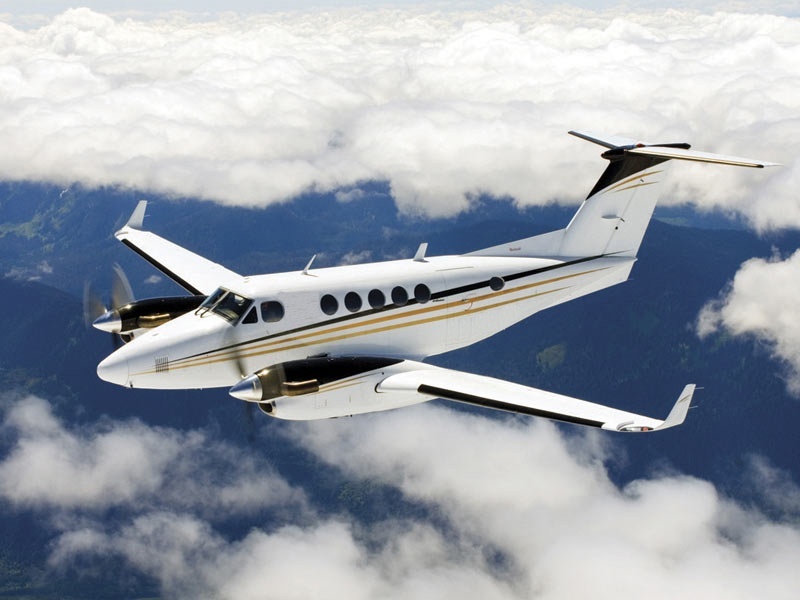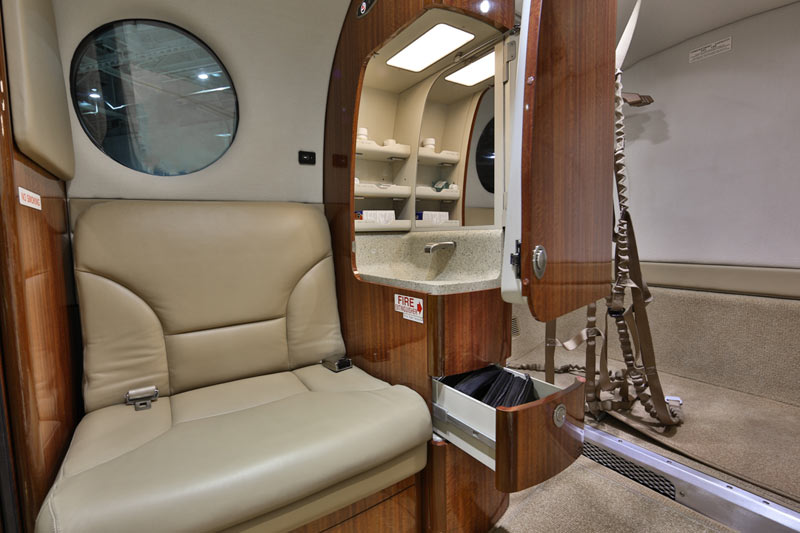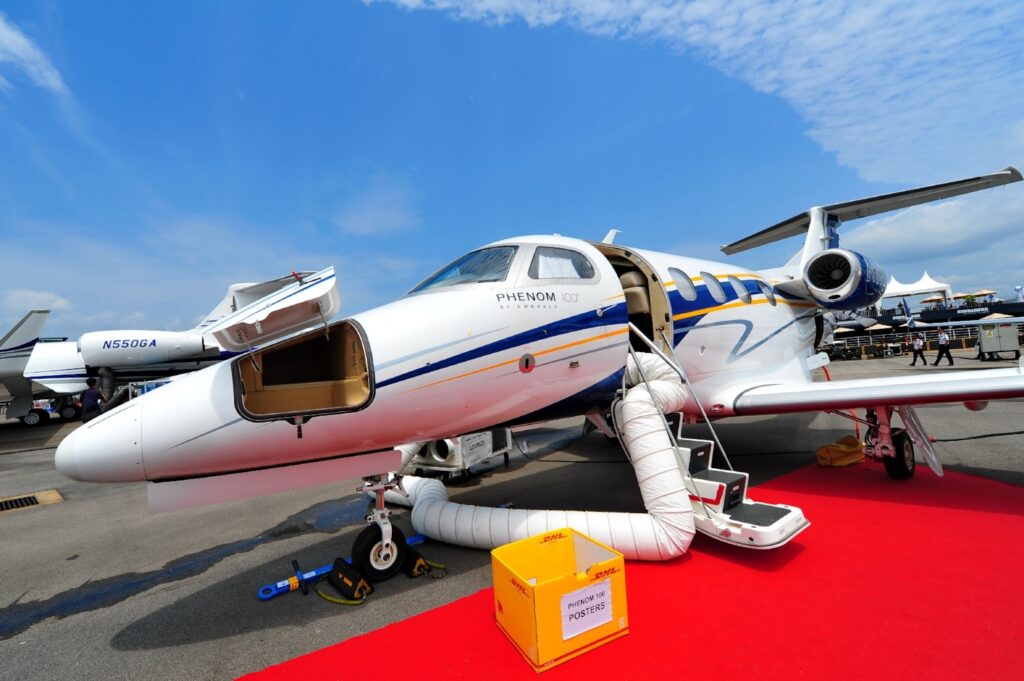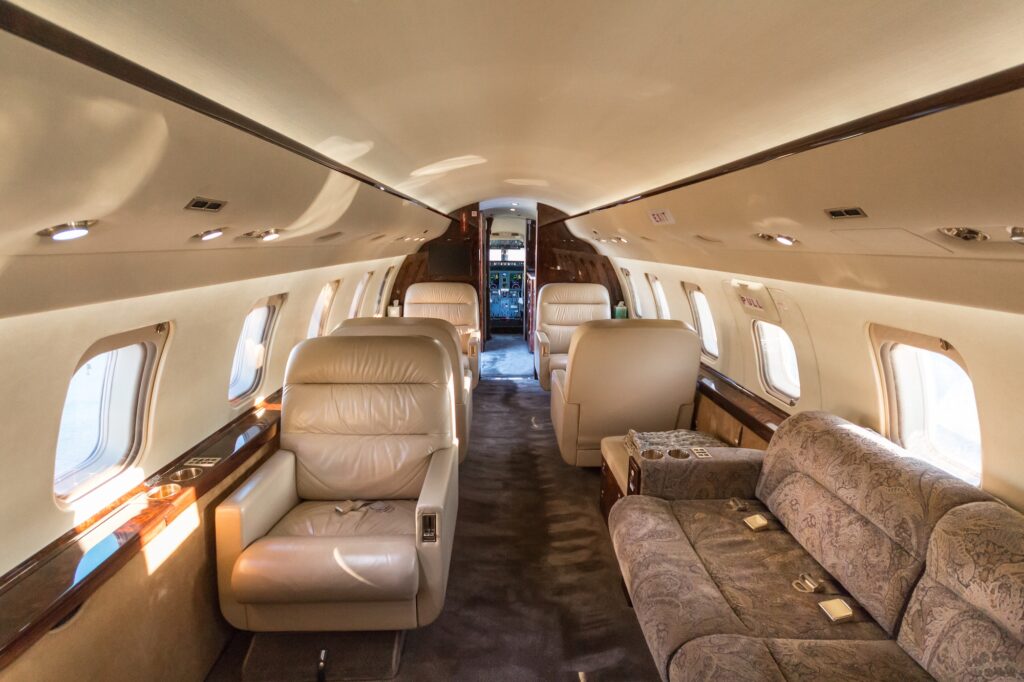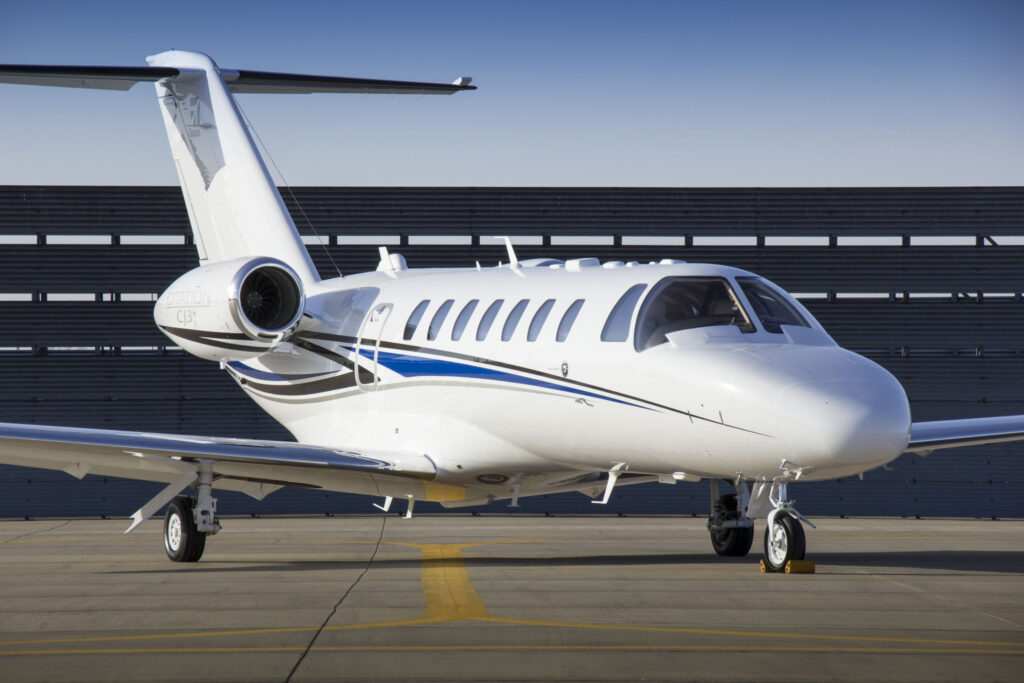Our next hypothetical mission profile is on a West Texas oil executive, your typical candidate for a King Air. This oil executive flies at least once a week, but is typically taking relatively short trips within the state of Texas. He doesn’t have his pilot’s license, but knows more than the average Joe about aviation. He flies about 250 hours a year, and needs a plane that can land on short runways in remote areas that may require landings on dirt and grass strips, which each of these King Airs should be able to do with no problem.
Beechcraft’s King Air 350 is one of the most popular turboprops in the world, and fits this mission profile to a T. If our oil executive were looking for a smaller, less expensive option with similar performance specs, the older King Air 300 would be a solid choice, as well. Both the 350 and 300 are equipped with PT6A-60A engines, but the 350 has a fuselage that’s close to three feet longer with two additional cabin windows on each side and an extra passenger seat, giving it room for up to 10 passengers with a single pilot, as opposed to the 300’s nine. The 350 also has winglets that improve efficiency over the 300. Both the 300 and 350 cruise at about 300 knots, while the 300 has a range of about 1,795 nautical miles and the 350 about 1,550, a difference which is due in large part to the 350’s increased operating weight. The 350 gets the nod on takeoff performance, requiring 3,217 feet to takeoff and 3,161 to land, while the 300 requires 3,851 to takeoff and 2,156 to land. The 300 climbs a bit faster, though, at a rate of 2,844 feet per minute compared to the 350’s 2,700, due once again to their weight differential.
With fuel at $5 per gallon, the King Air 350 costs about $1,125 per hour to operate, including maintenance costs, while the King Air 300 costs about $1,250. Production of the King Air 300 ceased in 1994, meaning he’d have to look at an older aircraft, while the 350 is still in production today. For comparison’s sake, a 2002 350 is listed in Vref at $2.45 million, and the most recent King Air 300 is listed at $1.55 million.
[ulp id=’xkA7bnsbSMSAnwAm’]
The C90B requires only 2,290 feet of runway to land, which is among the shortest of any King Air option, and it requires 2,710 feet of runway to takeoff. The C90B seats five passengers in its typical configuration, but can seat up to seven with a single pilot, if necessary. With fuel at $5 per gallon, the C90B costs about $980 per hour to fly, including maintenance costs. Vref lists a 2002 C90B at $1.275 million, and while it’s the most affordable option of the King Airs mentioned, it performs like it. Equipped with two PT6A-21 engines, the C90B has a normal cruise speed of 228 knots, a range of 1,049 nautical miles, and a climb rate of 2,010 feet per minute, each of which is the worst of the bunch.
The King Air B200 is another solid option, an upgraded version of the original King Air 200 equipped with PT6A-42 engines. The King Air B200 cruises at a speed of 275 knots and has a range of about 1,755 nautical miles. It can seat up to nine passengers with a single pilot, and it requires 2,710 feet of runway to takeoff and 2,290 to land. With fuel at $5 per gallon, the B200 costs about $956 an hour to operate, including maintenance costs. Vref lists a 2002 B200 at $1.8 million, right in between the values of a 350 and C90B.
Each of these King Airs has its own advantages, so it’s up to our oil executive what means the most to him. Does he need a little bit more range than the C90B offers? Does he need the power of the King Air 350? Does the lower price of an old King Air 300 outweigh the advantages of the newer King Airs? Let us know your thoughts!

